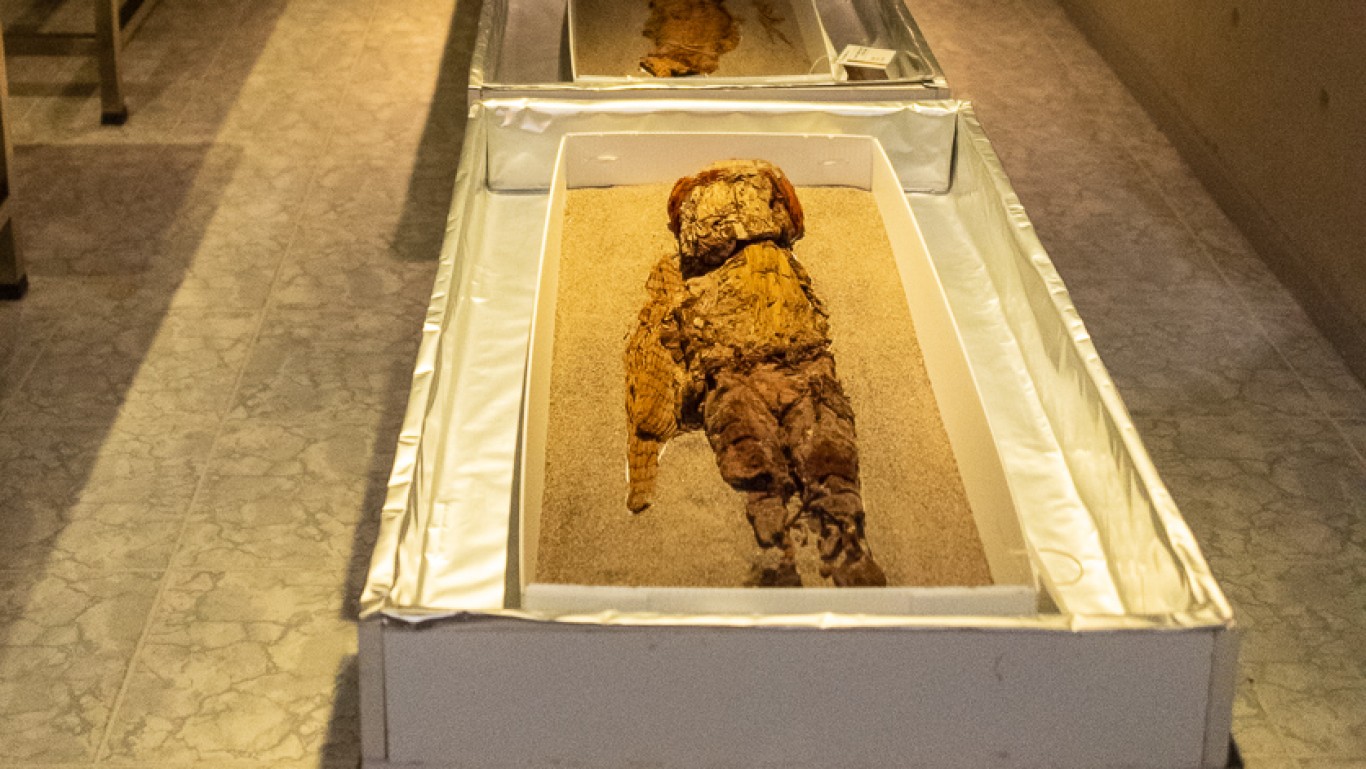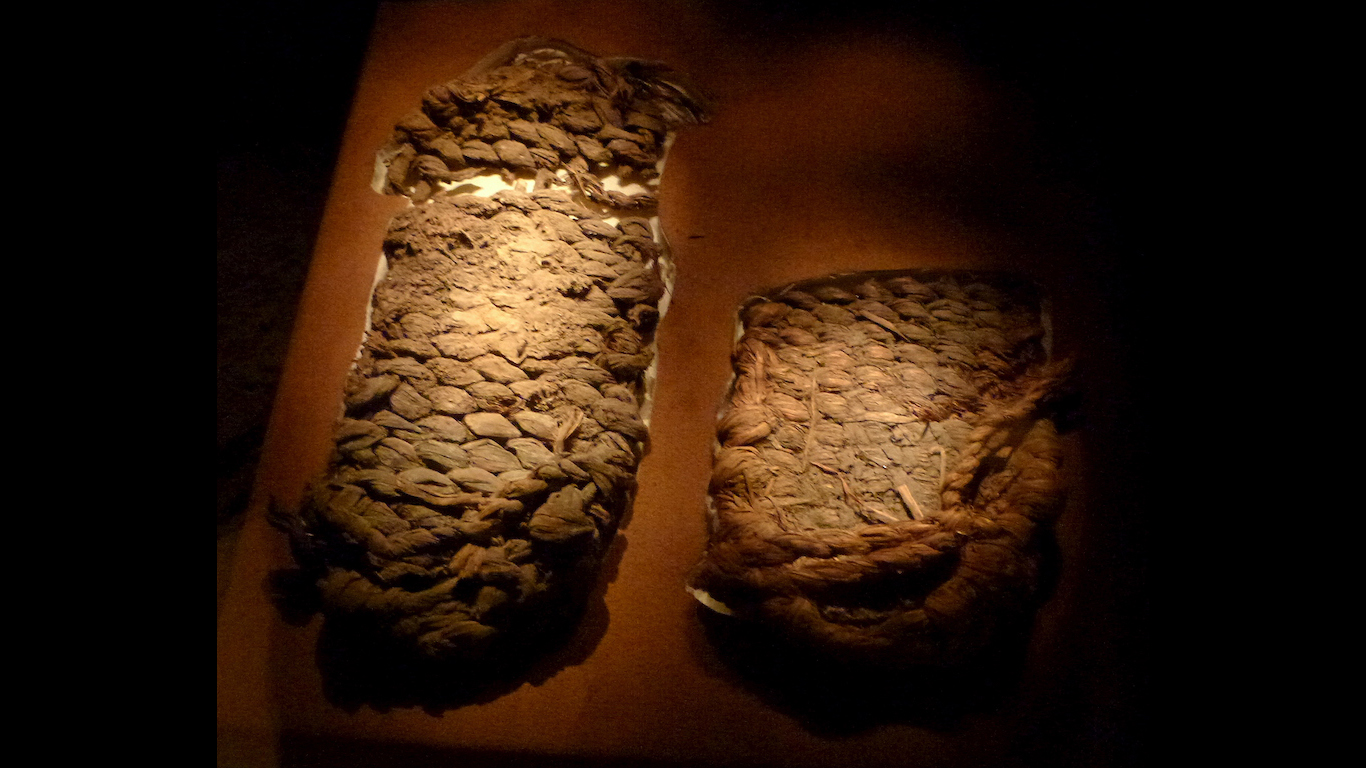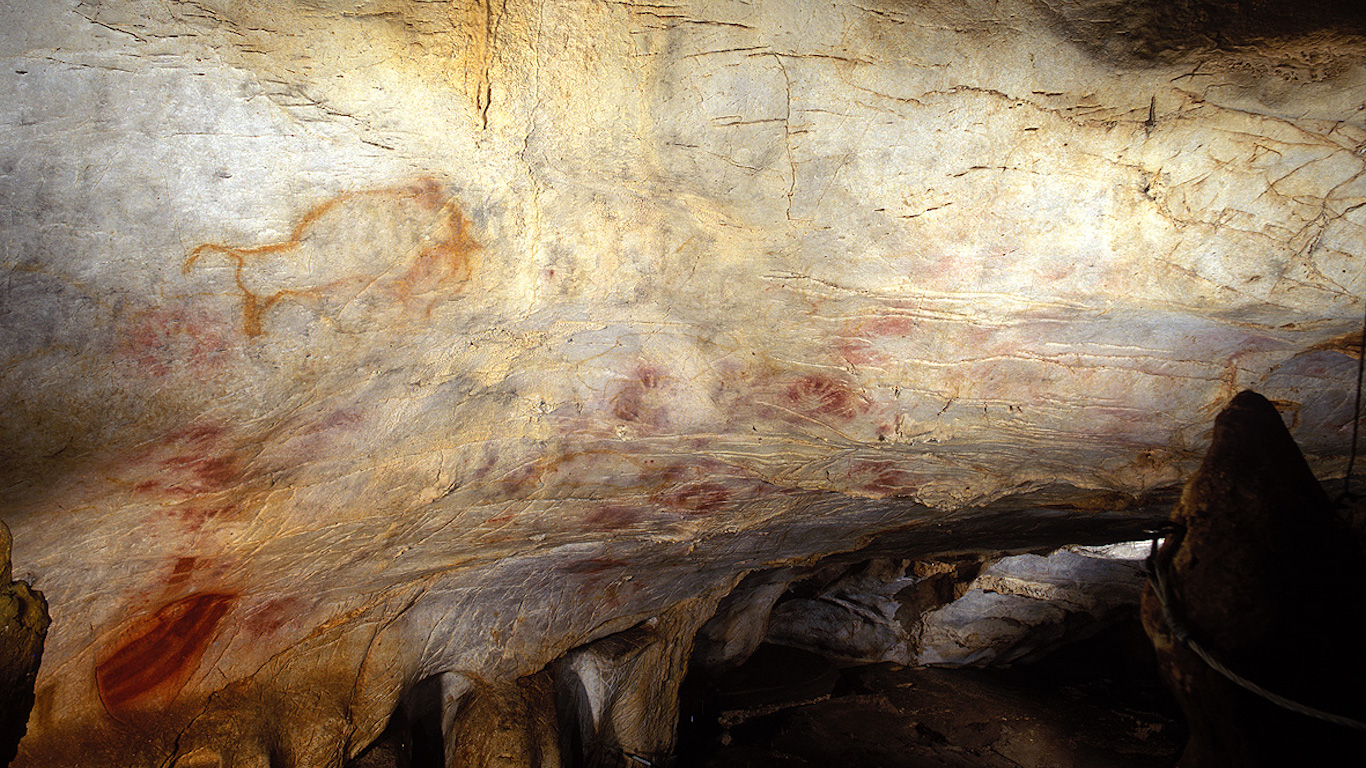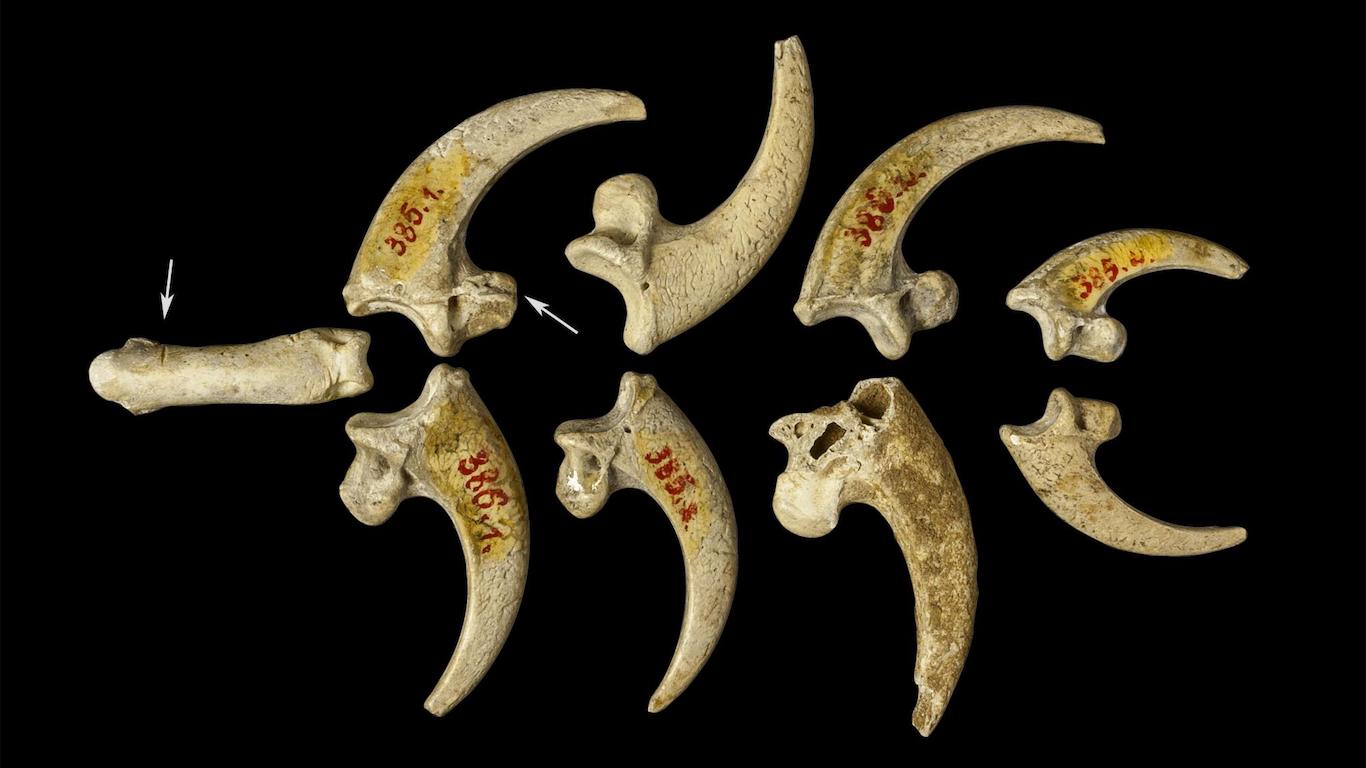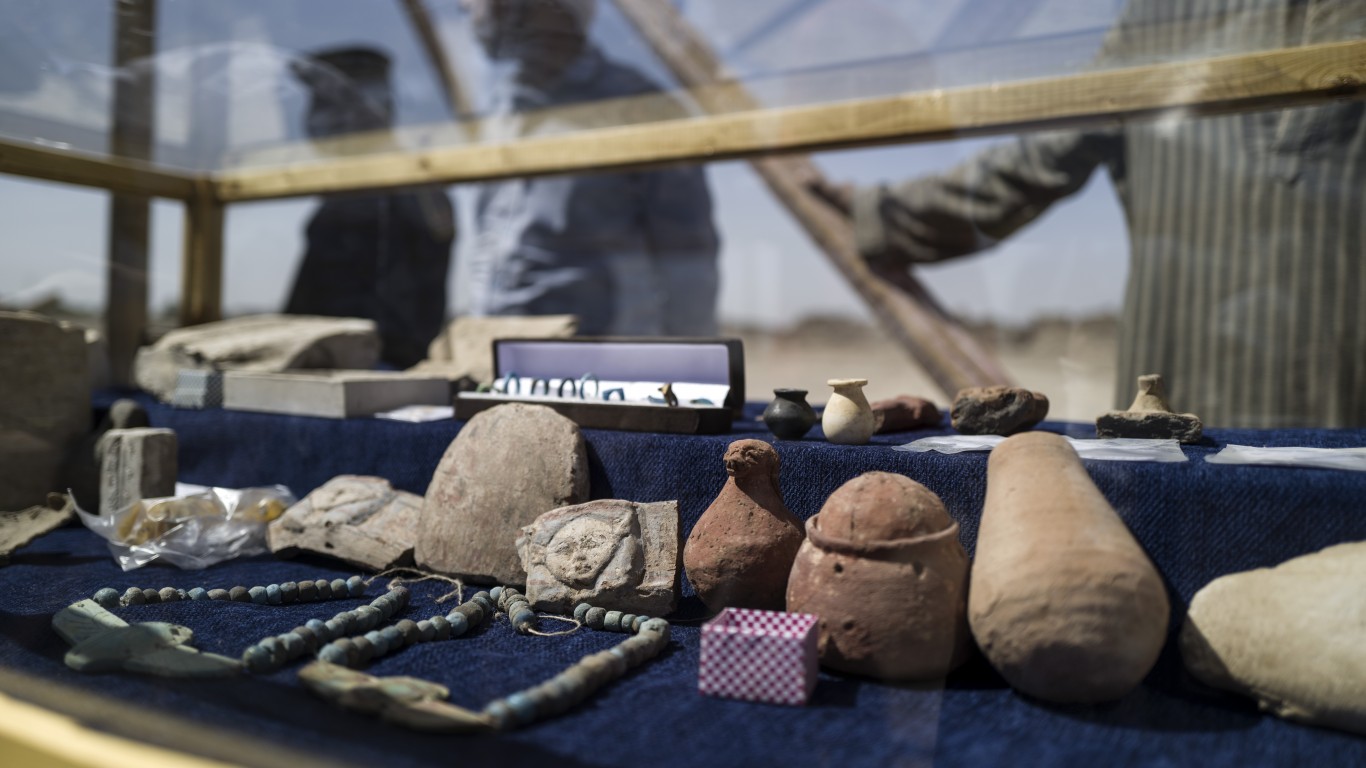
Many Americans are fascinated with ancient artifacts, from family heirlooms to museum relics. These items provide a tangible glimpse into the materials, needs, and creative techniques of past eras.
Some of the oldest relics are natural, like the earliest known dinosaur fossil or the world’s oldest tree. Others are man-made, like 40,000-year-old cave paintings that lack later artistic advancements. (These are the states with the most dinosaur discoveries.)
While not always visually impressive, humanity’s first attempts at photography, architecture, and music reveal ingenious methods or simplicity. The earliest surviving photograph, Nicéphore Niépce’s “View from the Window at Le Gras,” pioneered a new artistic medium despite its mundane subject.
Of course, many of the oldest items on earth do not invite any artistic analysis because they were either around long before humanity was around or because they are naturally created. This includes the oldest tree, over 5,000 years old, and the oldest known rock, which is slightly older than that — by about 230 million years.
Ancient rocks and trees predate humanity entirely yet invite awe as natural time capsules. When history books fall short, such relics let us connect more deeply with bygone times. (These are classic images of motels with a vintage vibe.)
Click here to see some of the oldest things in the world
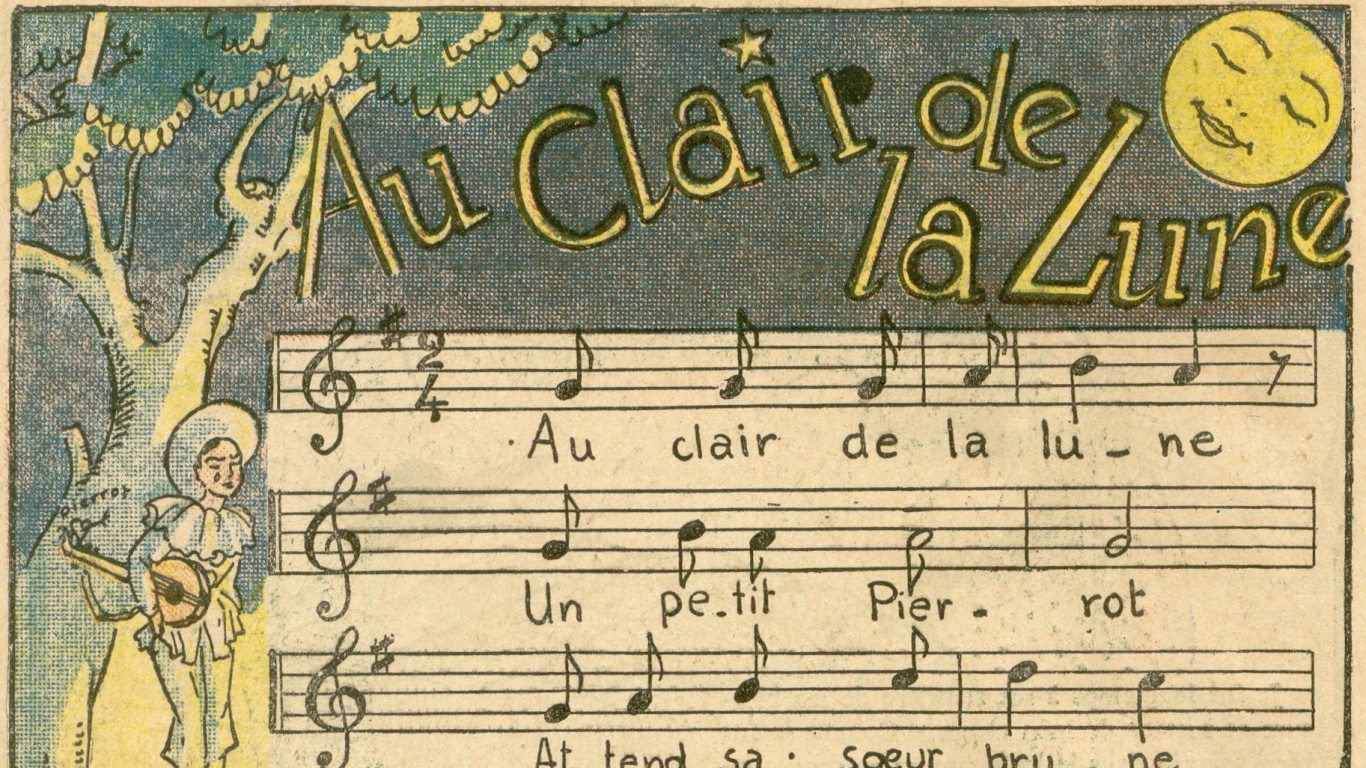
Recording
> Oldest: Édouard-Léon Scott de Martinville, “Au Clair de la Lune”
> Approximate Date: 1860 A.D.
> Location: Paris, France
Many people believe Thomas Edison invented recorded sound, but it appears that a French inventor named Édouard-Léon Scott made the breakthrough several years earlier. Scott patented his phonautograph in 1857. It is believed that Scott himself sang a part of the French folk song “Au Clair de la Lune” into his machine in 1860, creating the first known musical recording. Scott’s phonautograph and recordings weren’t discovered by historians until 2007.
[in-text-ad]

Photograph
> Oldest: Joseph Nicéphore Niépce’s “View from the Window at Le Gras”
> Approximate Date: 1826-1827 A.D.
> Location: Saint-Loup-de-Varennes, France
Though it’s not as clear as the photographs we see today, Joseph Nicéphore Niépce’s “View from the Window at Le Gras” was an astonishing development in technology. Likely taken in 1826 or 1827, the photo shows Niépce‘s estate in Burgundy, France. Niépce actually captured another image in 1822, but his “heliograph” of an engraving of Pope Pius VII was destroyed when he tried to copy it years later.
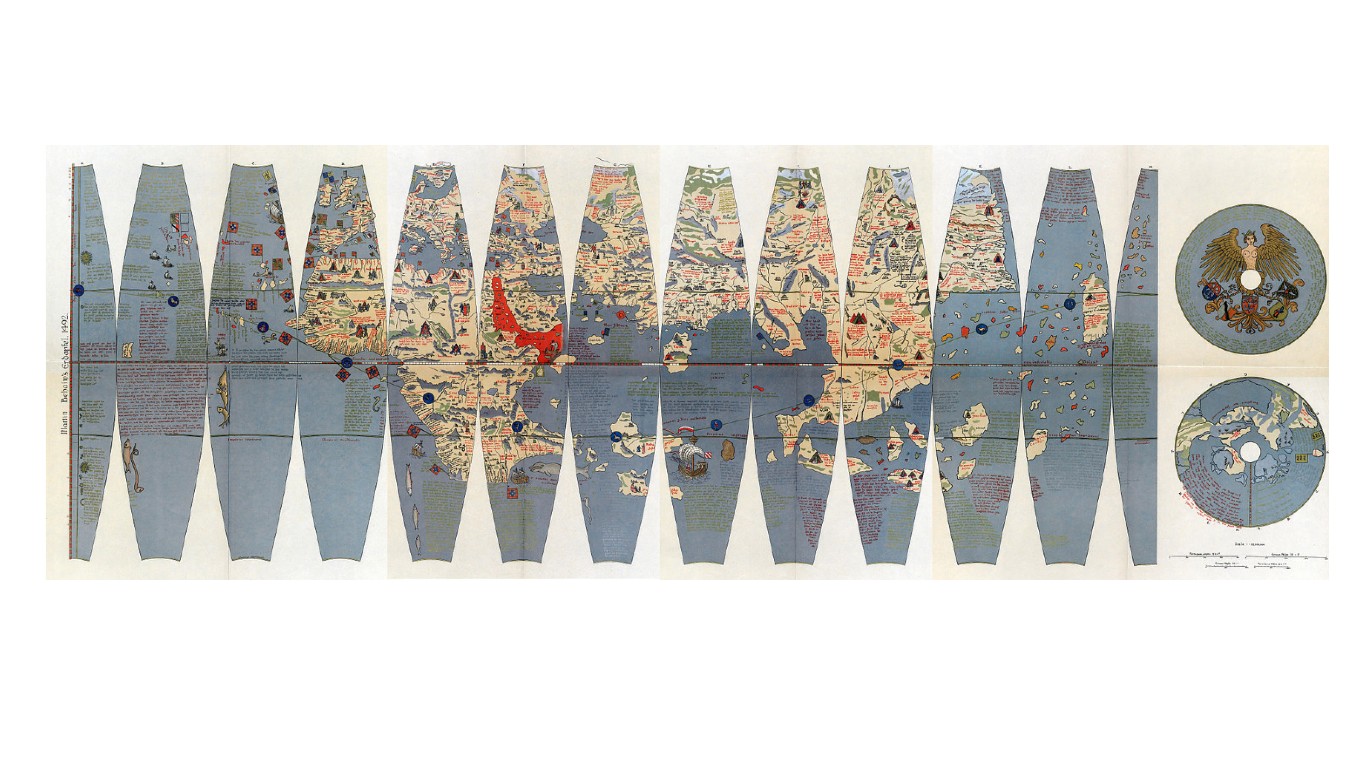
Globe
> Oldest: Behaim Globe
> Approximate Date: 1491 A.D.
> Location: Nuremberg, Germany
The Erdapfel, which roughly translates to “earth apple” from German, wasn’t the first globe created, but it’s believed that it is the oldest surviving 3-D model of earth. The Erdapfel is also known as the Behaim Globe, named for its creator Martin Behaim. Though it was impressive for its time, the Behaim Globe was proved to be inaccurate soon after its creation. Christopher Columbus brought word of the Americas back to Europe shortly after it was finished.
University
> Oldest: University of Al Quaraouiyine
> Approximate Date: 859 A.D.
> Location: Fez, Morocco
Originally founded as a mosque, the University of Al Qaraouyine opened in 859. The mosque was established by Fatima Al-Fihri, daughter of a wealthy merchant who used her inheritance to found the institution. It drew leading Muslim scholars to speak there. The building fell into disrepair, but Morocco’s culture ministry had it restored starting in 2012.
[in-text-ad-2]
Restaurant
> Oldest: Stiftskeller St. Peter
> Approximate Date: 803 A.D.
> Location: Salzburg, Austria
After more than 1,000 years, Stiftskeller, the world’s oldest restaurant, is still operating in St. Peter’s Abbey, in the same building it was founded. Some of the restaurant is actually carved into the stone cliffs near the original abbey. The historic restaurant claims that it has hosted numerous celebrities and royals. Stiftskeller also happens to reside in the same town where Mozart was born, so it hosts Mozart nights. Patrons can listen to professional renditions of the master composer’s works while dining.
Wine Bottle
> Oldest: The Speyer Bottle
> Approximate Date: 325-350 A.D.
> Location: Speyer, Germany
People have enjoyed drinking wine for millennia, but it appears that no bottle has lasted as long as The Speyer Bottle in Germany. The bottle was buried in the tomb of a Roman noble around 325-350 A.D. and discovered, sealed with wax, in Speyer, Germany in 1867. Experts are unsure if the wine could stand the shock of being exposed to the air, though it may technically still be drinkable. Monika Christmann, a wine professor, said the contents of the bottle are “probably not spoiled, but it would not bring joy to the palate.”
[in-text-ad]

Map
> Oldest: Babylonian Map of the World
> Approximate Date: 700-500 B.C.
> Location: Babil Governorate, Iraq
The oldest known map depicts the Mesopotamian world and is inscribed on a tablet, which makes it difficult to fold and put in your pocket. Babylon is carved in the center of the map. Experts also identified places from antiquity such as Assyria. The lands on the map are circled by a body of water called the “Salt-Sea.” A cuneiform text accompanies the map and describes the region with accounts of heroes as well as mythical beasts. The map was discovered in the late 1800s in Sippar, Iraq, and is housed in the British Museum.
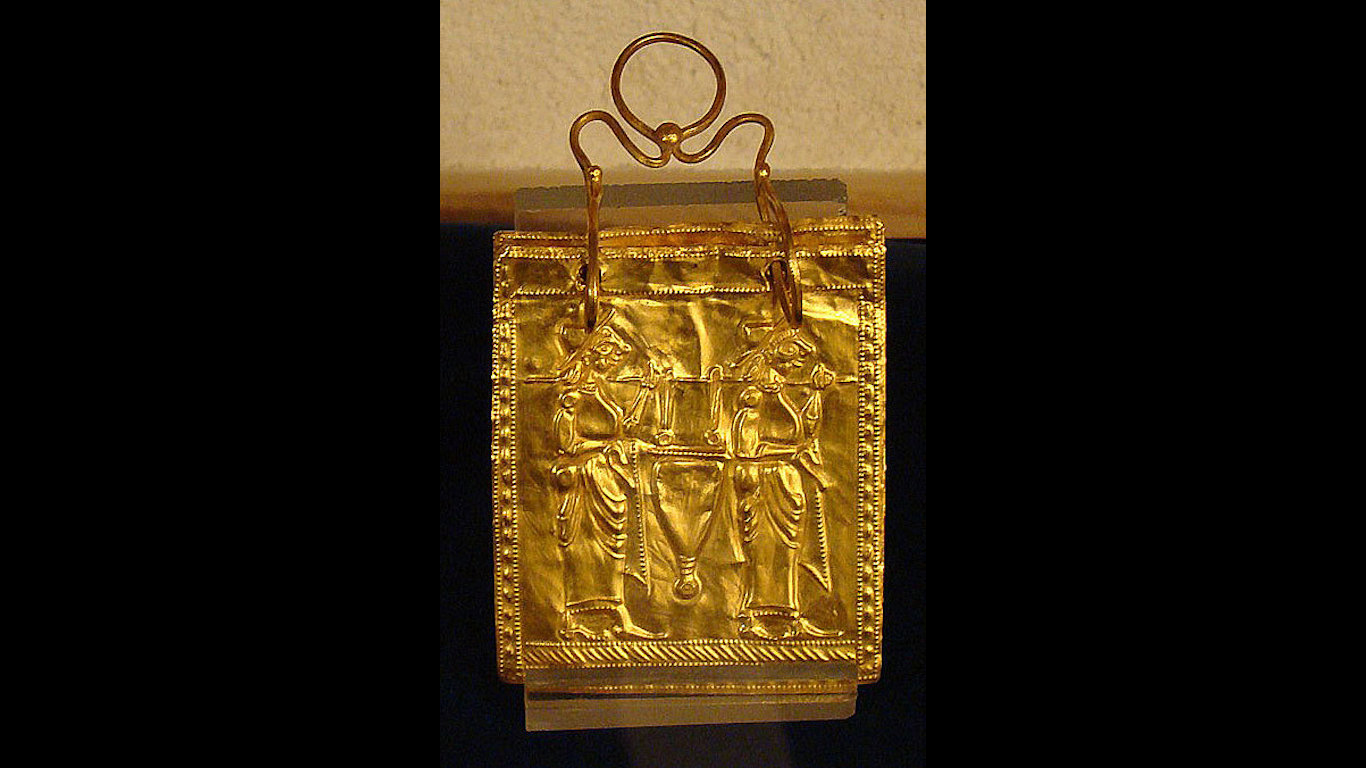
Tablet
> Oldest: The Etruscan Gold Book
> Approximate Date: 660-600 B.C.
> Location: Struma River, Bulgaria
The Etruscan Gold Book, believed to be the oldest multi-page book in the world, is made from six sheets of 24-carat gold and bound with rings. The plates are inscribed in Etruscan characters and show a horse, horseman, a mermaid, and soldiers. The item was discovered in 1943 in a tomb while workers were digging a canal near the Struma River in Bulgaria. The book can be found in Bulgaria’s National History Museum in the city of Sofia.
Currency/Coin
> Oldest: Lydian Stater
> Approximate Date: 750-560 B.C.
> Location: Turkey
It’s believed the ancient kingdom of Lydia (now known as Turkey) was the first to use coins as currency well over 2,500 years ago. The coins, known as staters, were made of a naturally occurring gold and silver alloy known as electrum, helping them stand the test of time. Lydia’s far reach helped spread the staters across Eurasia. In 2014, a diver in Bulgaria found one in the Black Sea.
[in-text-ad-2]
Bridge
> Oldest: Mycenaean Bridge at Kazarma
> Approximate Date: 1,300-1,200 B.C.
> Location: Arkadiko, Greece
Even if something is ancient it can still be useful. The Mycenaean Bridge at Kazarma was built more than 3,000 years ago but is still used by modern Greeks. The arch bridge is an impressive feat of engineering, as it doesn’t use any type of adhesive to hold itself together. It was also built with curbs, presumably to keep speeding chariots from falling off.

Written Piece of Music
> Oldest: Hurrian Hymn No. 6
> Approximate Date: 2,000-1,400 B.C.
> Location: Ugarit, Syria
The oldest known written piece of music is titled “Hurrian Hymn No. 6,” an ode to the goddess Nikkal, that was created in 1,400 B.C. and found in the ancient Syrian city of Ugarit. The song was inscribed on clay tablets in cuneiform. Accompanying the song were instructions on how to play it on a lyre. Before the discovery of the hymn in the 1950s, music historians had believed the music scale was only about as old as the ancient Greeks.
[in-text-ad]

Shipwreck
> Oldest: Port of Urla Wreck
> Approximate Date: 2,000 B.C.
> Location: Izmir, Turkey
Experts believe the world’s oldest shipwreck was found at Turkey’s Urla Port. The ship is estimated to be about 4,000 years old. The discovery was made by archaeologists from Ankara University in 2014. The port dates to the seventh century B.C., and because it was a coastal town, it is the site for many other sunken ships. An earthquake in the eighth century devastated the city, and it sank into the sea.

Religious Text
> Oldest: Egyptian Book of the Dead
> Approximate Date: 2,670 – 2,613 B.C.
> Location: Egypt
The Egyptian Book of the Dead was a set of instructions for deceased Egyptians to navigate through the tests they would encounter in the various stages of the afterlife. The paintings and texts were first found in tombs associated with Egypt’s Third Dynasty and date back more than 4,600 years. The book eventually became extremely popular, and individuals who fell ill would often commission their own copy. One completed copy was measured at more than 40 feet long.
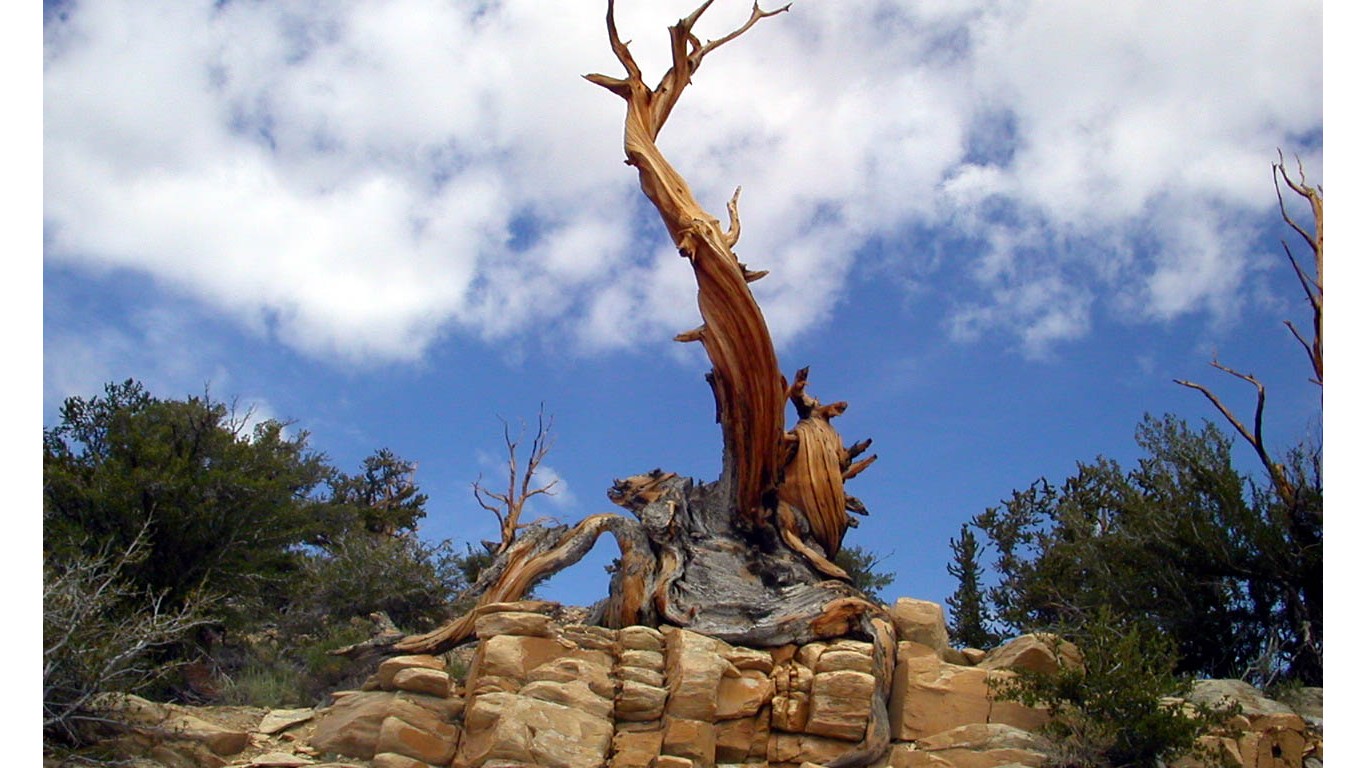
Tree
> Oldest: White Mountains Bristlecone Pine
> Approximate Date: 3,050 B.C.
> Location: White Mountains, California
Scientists recently discovered that the oldest single tree in the world is 5,067 years old as of the 2017 growing season. The tree is a Bristlecone Pine, found in White Mountains, California. It beats the previous record holder named Methuselah, which is located nearby. While the general location is known, the precise spot is a secret to keep the tree safe.
[in-text-ad-2]
Food
> Oldest: Neolithic Burnt Bread
> Approximate Date: 3,620-3,350 B.C.
> Location: Oxfordshire, England
The oldest food is not found in a college fraternity refrigerator but is believed to be a piece of burnt bread found in Oxfordshire, England. Originally, the 5,500-year old overcooked bread was thought to be charcoal. Then an archeologist found crushed grains of barley, indicating that those inhabiting what would become England were practicing farming during the Neolithic era.

Crown
> Oldest: Nahal Mishar Hoard Crown
> Approximate Date: 4,500-3,600 B.C.
> Location: Judaean Desert, Israel
The world’s oldest crown was discovered in a cave above the Dead Sea in 1961. Before that, it sat in the cave for roughly 6,000 years. It’s not a fancy crown compared with diamond and jewel encrusted crowns we think of today. It’s simple, made of metal and adorned with vultures and doors. It comes from the Nahal Mishmar Hoard, a group of hundreds of artifacts that became one of the most important finds from the Copper Age.
[in-text-ad]
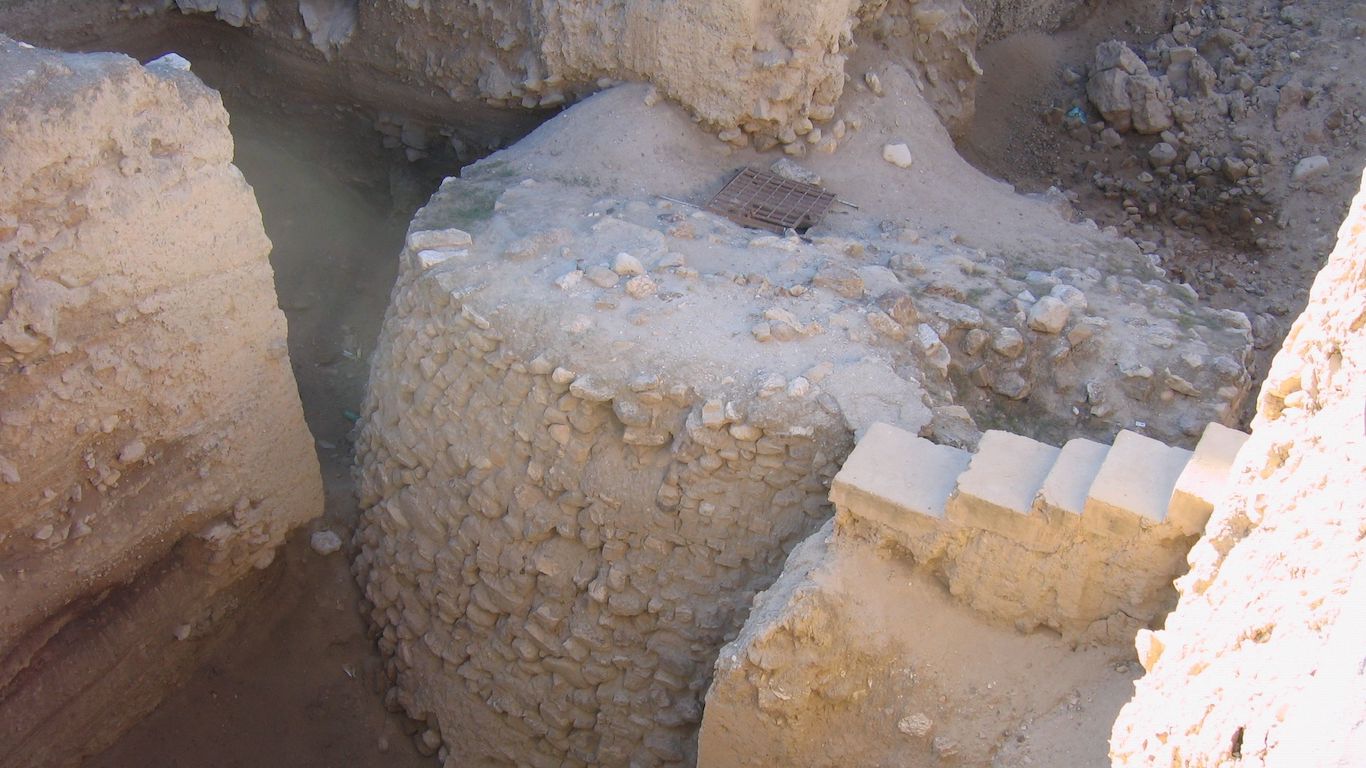
Oldest Standing Building
> Oldest: Tower of Jericho
> Approximate Date: 9,000 B.C.
> Location: West Bank, Palestine
The 11,000-year-old, three-story structure is connected to the ancient walls of Jericho in what is now the West Bank. The Neolithic-period tower was built near where the Bible says Jesus was tempted by Satan. Archeologists believe the building, which has a staircase, may have been constructed by ancient people to mark the summer solstice and seen as symbolic protection against darkness.
Mummy
> Oldest: The Chinchorro Mummies
> Approximate Date: 5,050 B.C.
> Location: Atacama Desert, northern Chile
Though Mummies are often associated with Egypt, the earliest instances of mummification were actually found in South America. The Chinchorro people of the Atacama Desert, which is now in Chile, mummified their dead — and not just the wealthy and powerful. Archaeologists say all dead Chinchorros were mummified, regardless of status. Though the remains were preserved, the mummies are now deteriorating due to bacteria.
Shoes
> Oldest: Fort Rock Shoes
> Approximate Date: 8,970-7,700 B.C.
> Location: Fort Rock, Oregon
The oldest shoes in the world were actually found in the new world, in Fort Rock Cave in Oregon in 1938. Anthropologist Luther Cressman discovered dozens of sandals under a layer of volcanic ash that scientists say came from the eruption of Mount Mazama 7,500 years ago. Fibers from the sandals were determined to be more than 9,000 years old. They were made of shredded sagebrush bark.
[in-text-ad-2]

Place of Worship
> Oldest: The Göbekli Tepe
> Approximate Date: 9,300 B.C.
> Location: Şanlıurfa, Turkey
Millennia before many of the most common religions of today were founded, worshippers attended the Göbekli Tepe in what is now Turkey. The site may have been constructed as a place to worship the star Sirius, based on its relative position to the star. Despite that hypothesis, it is unclear exactly what religion or belief system the temple actually served.
Cave Painting
> Oldest: El Castillo Cave Paintings
> Approximate Date: 40,800 B.C.
> Location: El Castillo, Spain
The country that was home to Picasso and El Greco is also believed to be home to the world’s oldest cave paintings. A study by the University of Bristol, based on carbon-dating results in 2012, determined that the prehistoric dots and crimson-hued stencils in a cave on Spain’s northern coast are more than 40,000 years old. Archaeologists think Neanderthals could be the oldest painters. Neanderthals are thought to have lived in Europe until about 30,000 or 40,000 years ago.
[in-text-ad]

Musical Instrument
> Oldest: Bone Flute
> Approximate Date: 41,000-40,000 B.C.
> Location: Hohle Fels Cave, Germany
More than 40,000 years before the dawn of recorded music, people were already crafting their own tunes. Scientists discovered flutes made out of mammoth bones in present-day Germany. They used radiocarbon tests to date the flutes at 42,000-43,000 years old. Though early humans probably didn’t have enough to make a symphony, scientists say the discovery proved that the Danube River area in Germany was a key place for humans to develop.
Jewelry
> Oldest: Krapina Eagle Talon Jewelry
> Approximate Date: 128,000 B.C.
> Location: Krapina site, Croatia
Found in Krapina, Croatia two years ago, the oldest jewelry is about 130,000 years old. This prehistoric bling, found at a Neanderthal site, is in the form of a necklace or a bracelet of eagle talons. The claws bear evidence of cut marks and polishing. Scientists believe the jewelry was used for ceremonial purposes.
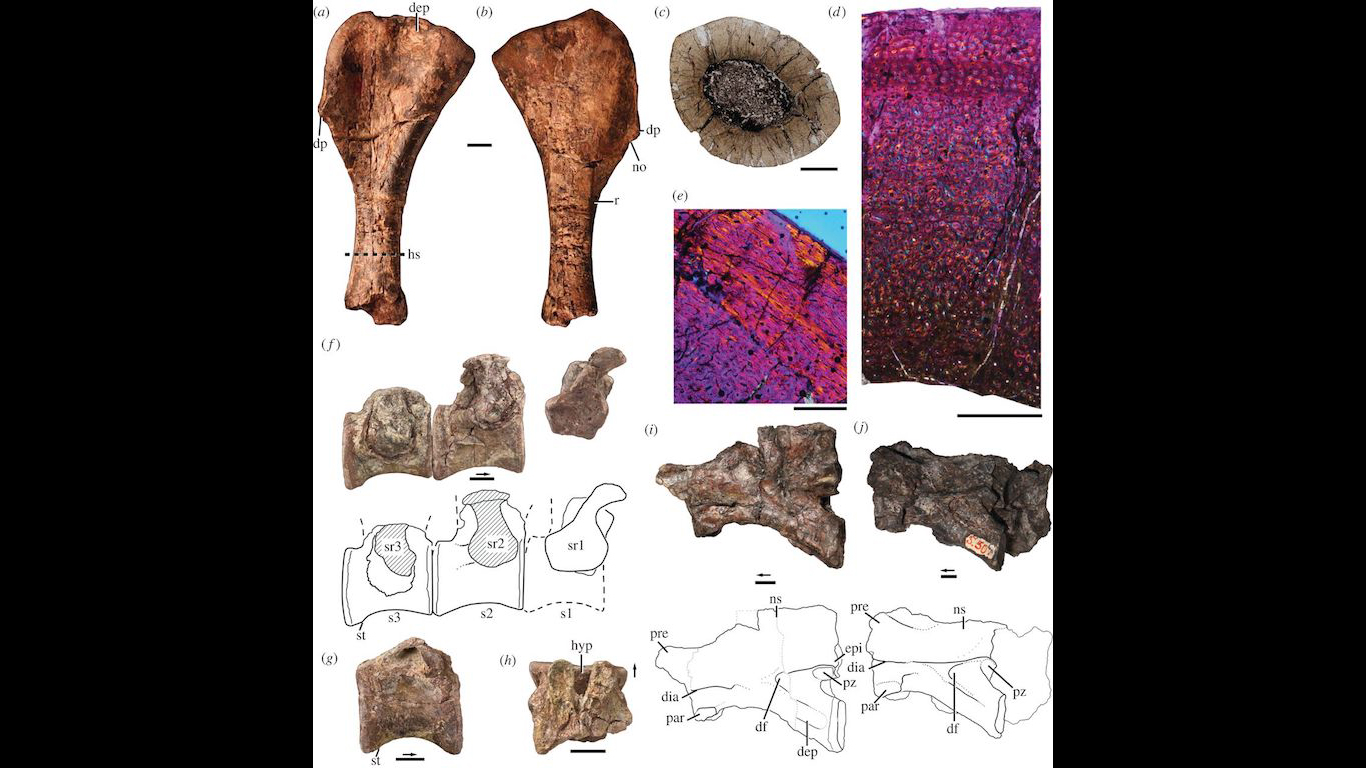
Dinosaur Fossil
> Oldest: Nyasasaurus Parringtoni Fossil
> Approximate Date: 245-243 Million B.C.
> Location: Ruhuhu Basin, southern Tanzania
The fossil discovery of the Nyasasaurus Parringtoni gave scientists more clues about when exactly dinosaurs appeared on earth. At roughly 245 million years old, Nyasasaurus Parringtoni was about 10 to 15 million years older than any other previously discovered fossil. It’s believed the old dino was 3 feet tall and weighed somewhere between 45 and 135 pounds. Though it is the current oldest fossil, it is quite possible that an even older fossil could be discovered and replace it.
[in-text-ad-2]
Mineral
> Oldest: The Jack Hills Zircon
> Approximate Date: 4.4 billion B.C.
> Location: Jack Hills, Australia
The oldest known materials of any kind on the planet are zircon crystals found in western Australia’s Jack Hills region that are 4.4 billion years old. Elements in these zircons suggest they came from water-rich, granite-like rocks. The presence of quartz as well as the result of isotopic studies of the materials suggests that continental crust was forming very early in Earth’s history and that tectonic activity was occurring as well.
Travel Cards Are Getting Too Good To Ignore (sponsored)
Credit card companies are pulling out all the stops, with the issuers are offering insane travel rewards and perks.
We’re talking huge sign-up bonuses, points on every purchase, and benefits like lounge access, travel credits, and free hotel nights. For travelers, these rewards can add up to thousands of dollars in flights, upgrades, and luxury experiences every year.
It’s like getting paid to travel — and it’s available to qualified borrowers who know where to look.
We’ve rounded up some of the best travel credit cards on the market. Click here to see the list. Don’t miss these offers — they won’t be this good forever.
Thank you for reading! Have some feedback for us?
Contact the 24/7 Wall St. editorial team.

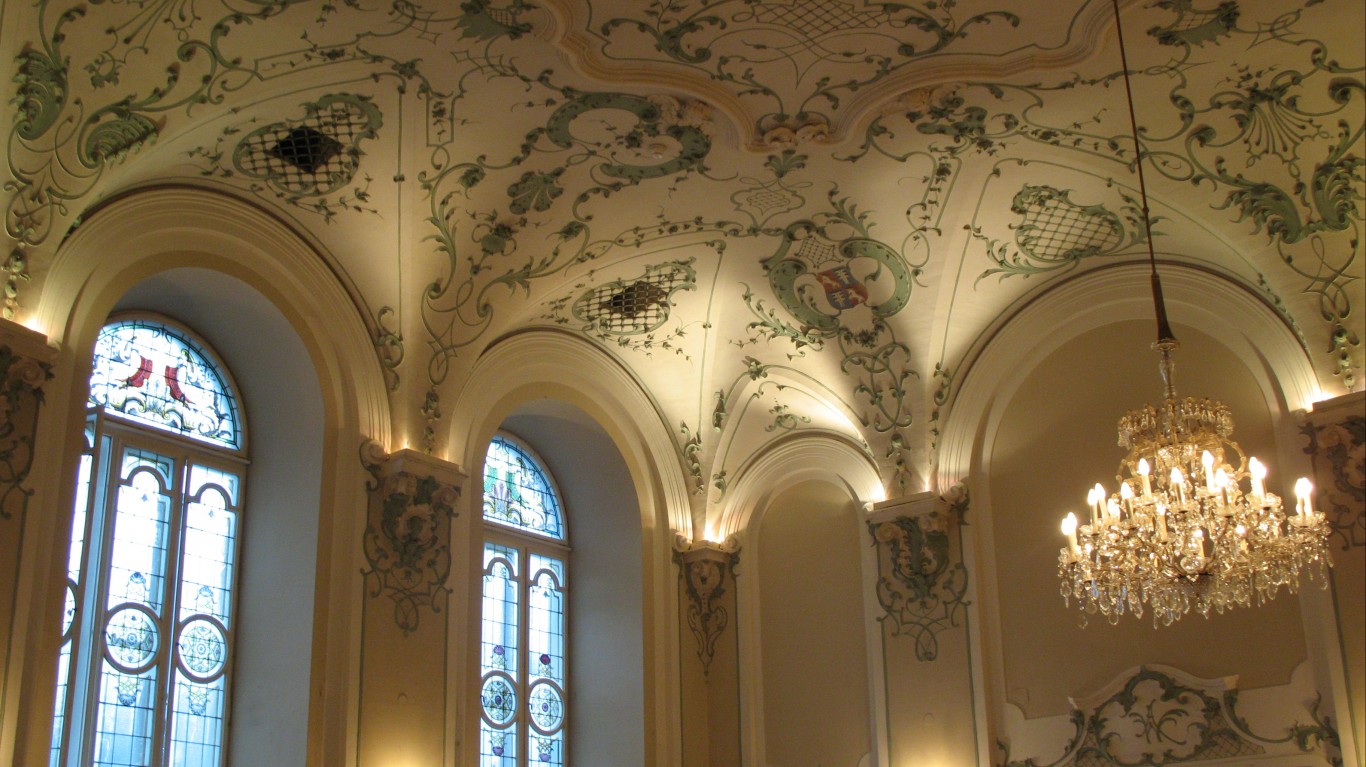
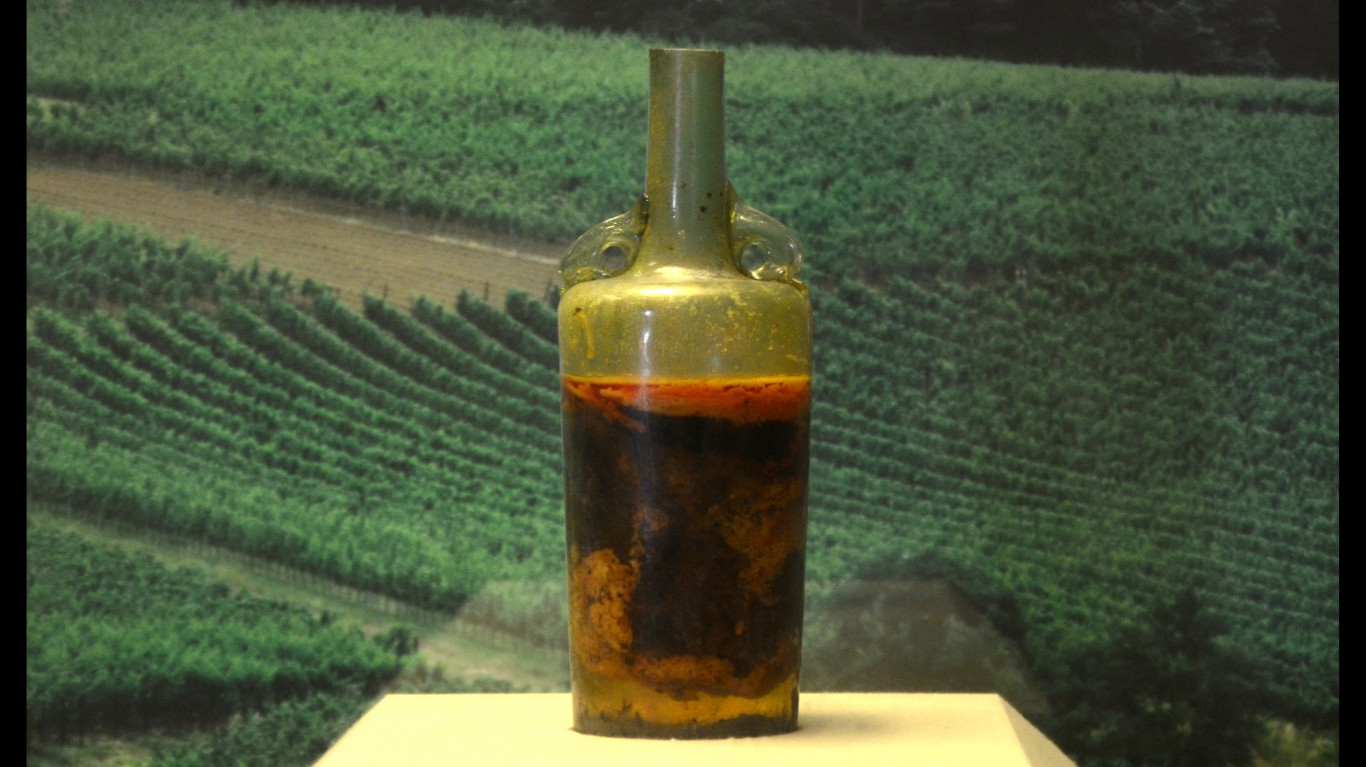
 24/7 Wall St.
24/7 Wall St.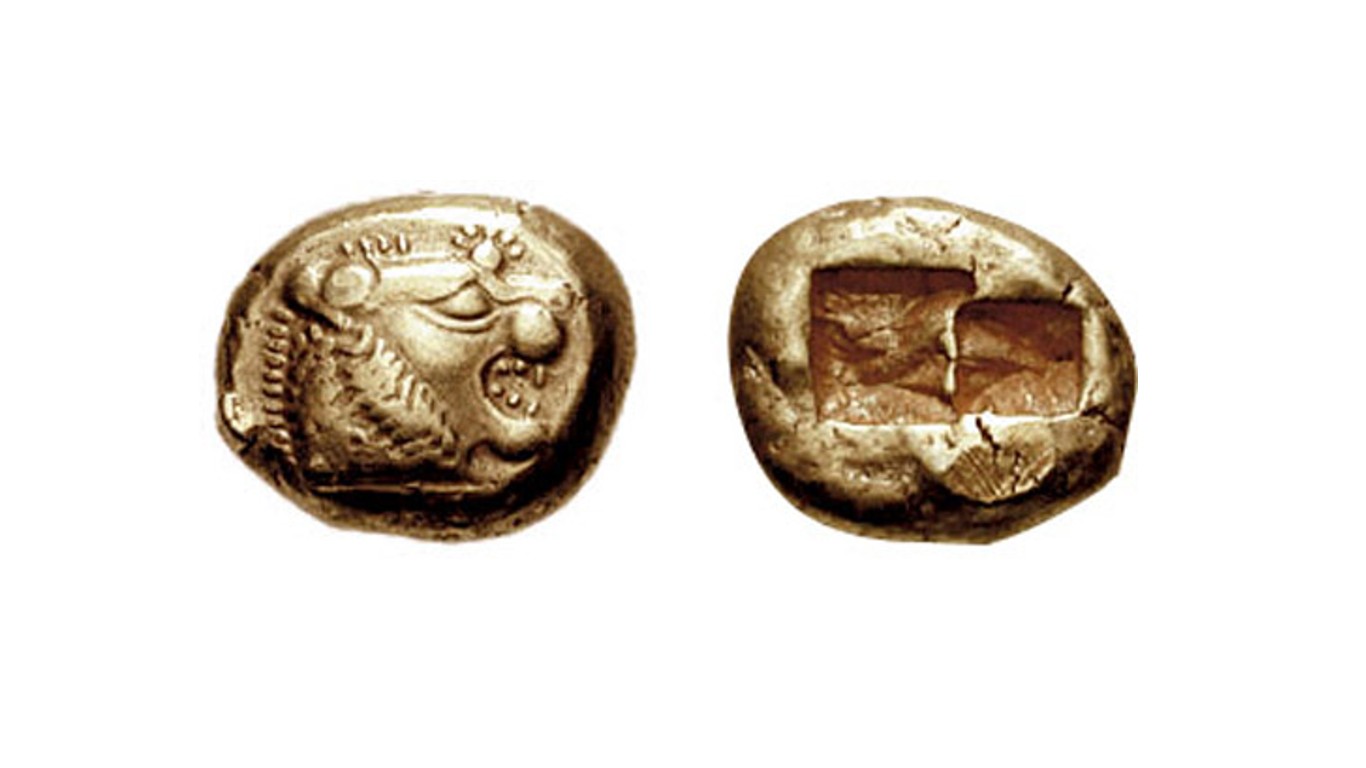
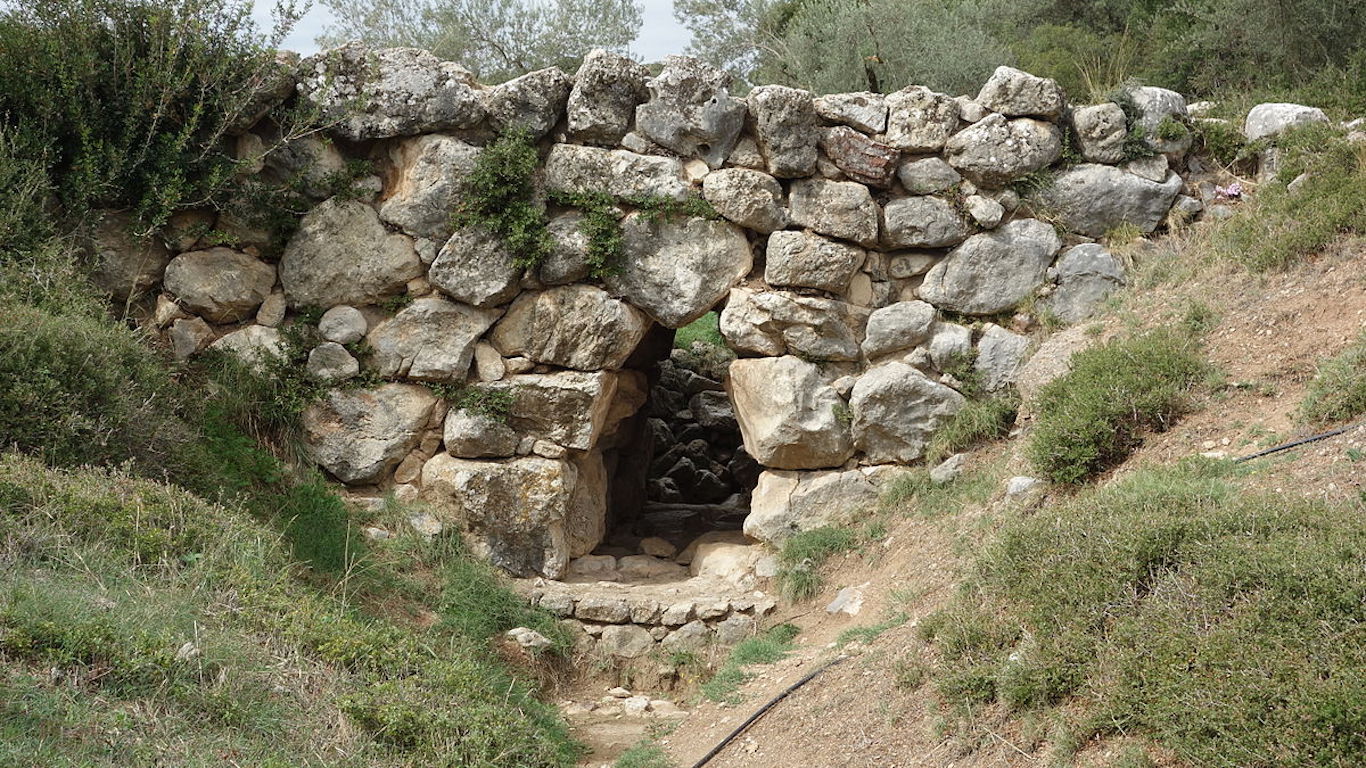
 24/7 Wall St.
24/7 Wall St.
 24/7 Wall St.
24/7 Wall St.